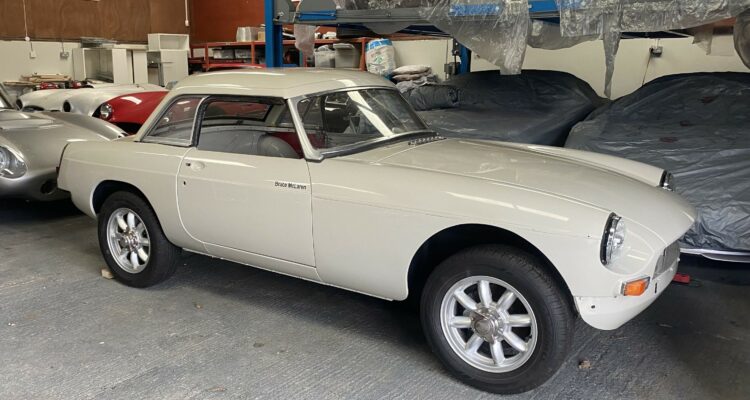Mercedes-Benz – Five Mighty Manuals
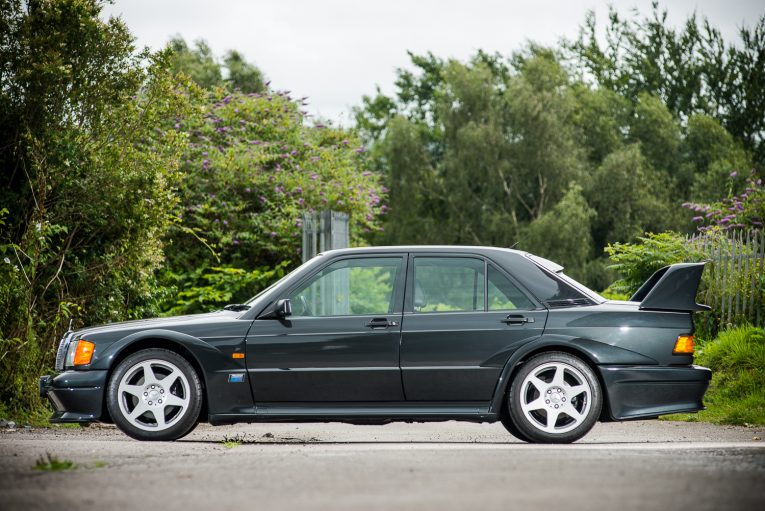
On the 6th October, Mercedes-Benz research and development boss Markus Schäfer said “We need to reduce complexity,” adding that “Complexity adds costs. We’re going to reduce future products, reduce platforms substantially, combustion engines will be very dramatically reduced and we will eliminate the manual transmission.” And with that, the future of the manual transmission was pushed just that little bit further into the corner.
Mercedes-Benz hasn’t said when it will kill off the manual cog-swapper, but it doesn’t need to. If it’s to do with complexity, and thus, money, it won’t be long before it’s ushered off the premises. This is, of course, a sad thing. Such a big name doing this will surely act as the falling keystone behind which others will follow. But hey, that’s the modern automotive landscape for you. Plus, most modern engines simply aren’t designed to be governed by people. Clever, cutting-edge automatics do a much better job of delivering power, keeping emissions down and all that other good stuff. So in the arena of new cars, no more manuals probably isn’t a bad thing. However, it does leave us in a reflective mood. Mercedes-Benz has, after all, built some brilliant manual cars. So with that in mind, here are five three-pedal classics that should be celebrated.
1) The 190E Cosworth
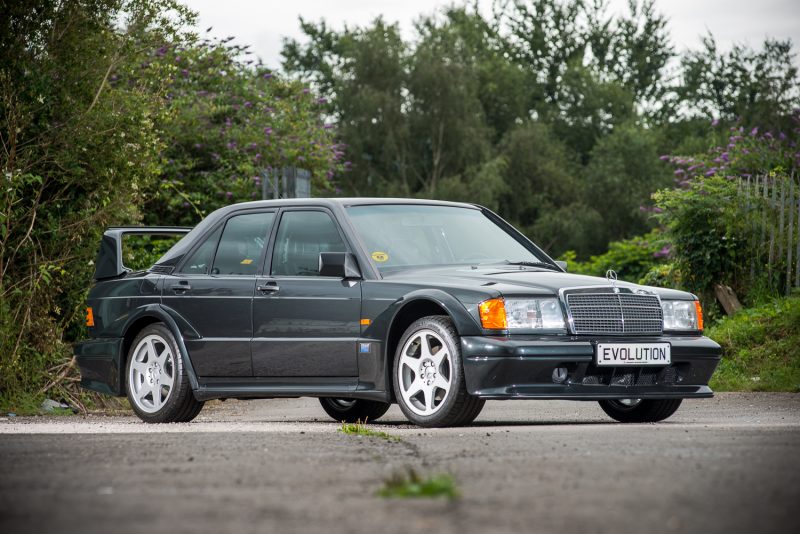
The Mercedes-Benz 190 was a car famed for being engineered like nothing else. Solid, but small and agile, it was also the perfect car for motorsport, namely touring cars. As such, the performance Cosworth versions were born. Available as a 2.3 or 2.5, the 190 Cosworth would also go on to spawn homologation Evolution models as per the one pictured. Given the racy goal of this car, an automatic was never going to cut it. It had to be manual, and like a true racer, it was a dogleg manual at that. This meant first was bottom left, with straight line shifts from second to third and fourth to fifth. Faster, you see?
2) The 280SE
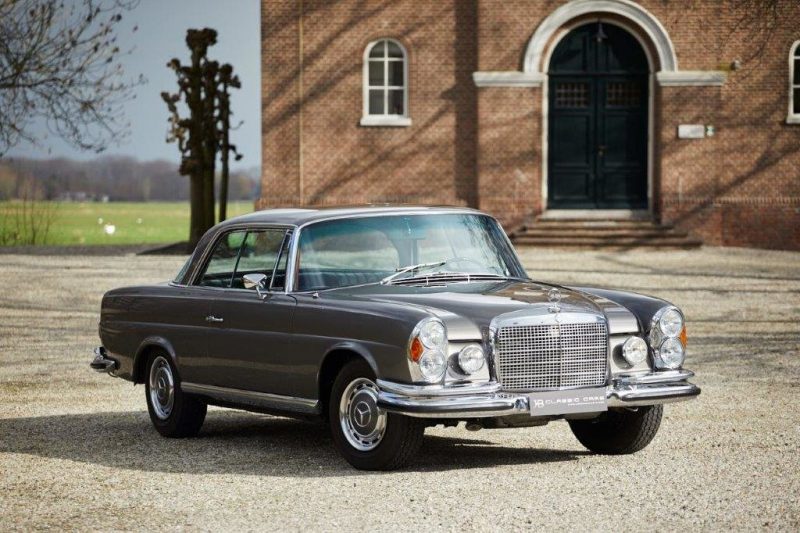
You might think that a car as big as the 280SE would be best suited to an automatic transmission, but that’s simply not the case. The straight-six fitted to this model could be exploited so much more with a manual transmission. Powerful and with ample torque, changing gears manually utterly changes the driving experience. You feel more connected to the car, integral to its very being. The sour-speed manual is, if looked after, a tight, direct shift that feels great to operate. The 280SE is a car to fall in love with, and that love will be amplified with a manual.
3) The 300SL
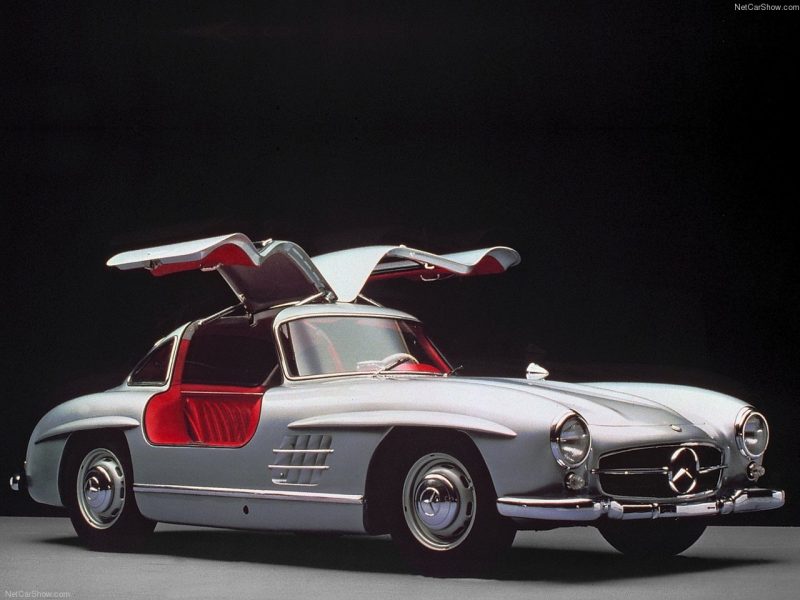
There are few cars as iconic as the gull-winged Mercedes-Benz 300SL. It was and still is a machine like no other, and as such, it is still recognised globally as an automotive high point in terms of design and power. And happily, it’s also got a four-speed manual transmission. This was a race car for the road, and there was no way it was going to have an automatic transmission. Other racy aspects were the tubular space-frame chassis, the 240hp straight-six engine and of course, those gull-wing doors. The fastest production car of its time, the 300SL is a car you NEED to change gears manually in.
4) The 190SL
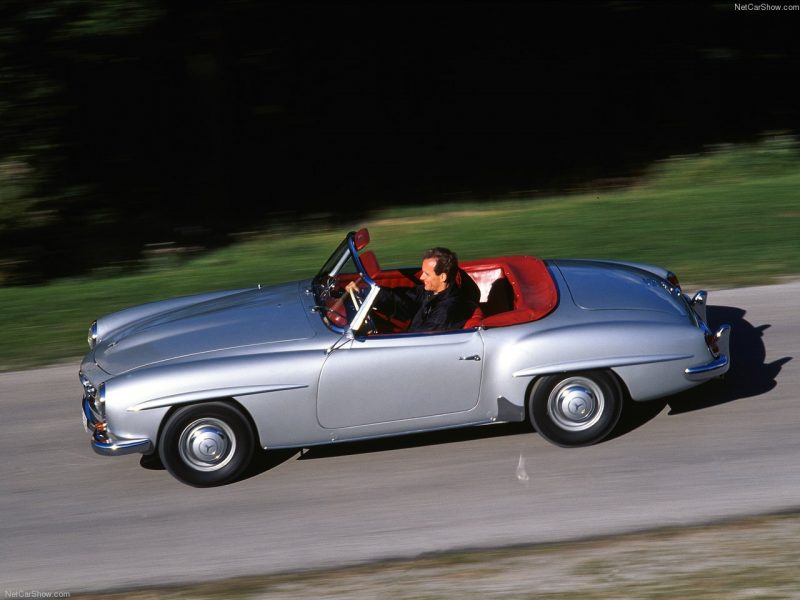
There have been, as we know, many Mercedes-Benz roadsters over the years. However, the original spirit of all of them can be traced back to this, the 190SL. A small, but utterly beautiful little two-seater that just begs to be driven down the Pacific Coast Highway, roof down, wind in your hair. And the best way to do this is of course with the four-speed manual transmission. Which is good, because that’s all you could have! And rightly so. This is a roadster, a car you should engage with and fully control. You want to be the one in charge of the gears, the pace and the noise. If this car had been built with an automatic, it would have been a travesty.
5) The G Wagen
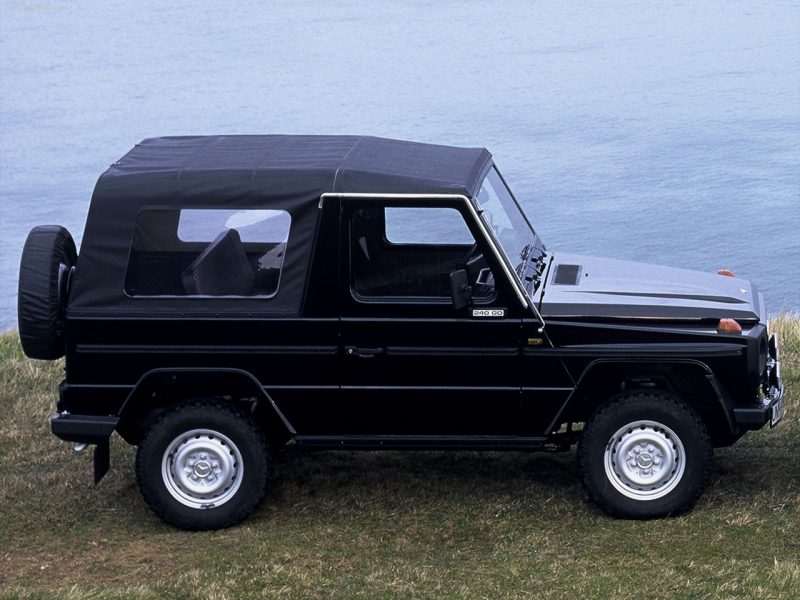
Now, when it comes to the G Class of today, we would say the automatic is the way to go. It’s clever and has been designed to perfectly suit the heft of the G. However, if you’re looking at an early model, you simply have to have a manual. It’s better in every way. If you want to take the G Class off-road, you can, all while staying in complete control. When not up to your hubs in mud, you’ll find a manual is better on the road as you’ll be able to get the maximum performance out of the engine. While automatic versions were available, they simply weren’t a patch on those of today, and as such, we slow, could get bogged down and weren’t great off road. So buy a manual, it’ll make G Wagen ownership even better.

